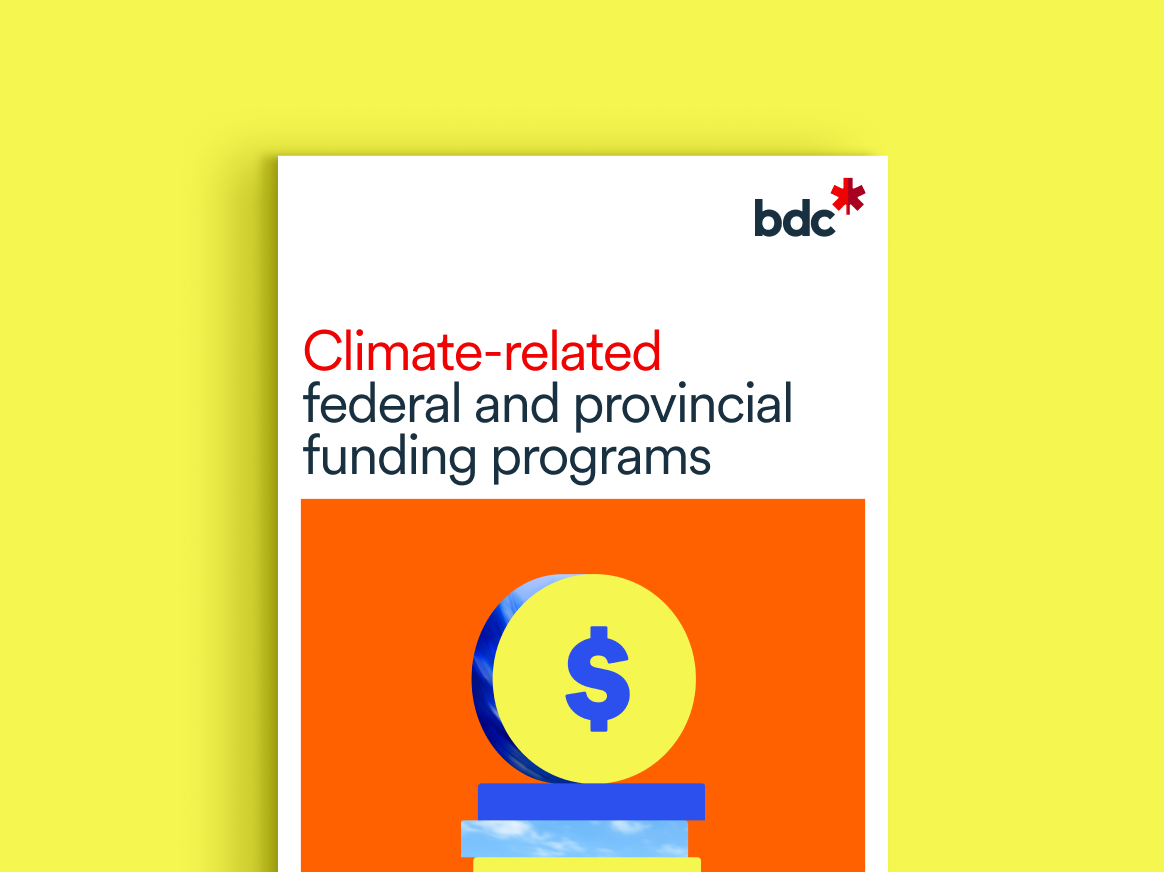Operate your fleet more efficiently
Fleet optimization is about getting more from your business vehicles. It helps you to operate your fleet more efficiently without negatively affecting performance—all while keeping your customers happy. By taking steps to track vehicles, minimize delays, reduce idle time and decrease fuel consumption, you can cut down on wasted energy and time and ensure you are getting the most out of all the vehicles in your fleet.
On average, SMEs that optimized the performance of their vehicles fleet took 22 months to recoup their investment.
Roadmap to optimizing your fleet
Tracking how your vehicles are used and perform is the first key step. It will enable you to work out the optimal time to replace vehicles.
You can choose a more sophisticated vehicle-tracking software or a simple logbook. The advantage of using software is that you can monitor where your vehicles are on the road and access other important information to support optimization, such as:
- Fuel consumption
- Idle time
- Engine fault codes
- Unwanted driver behaviours (such as speeding, hard turns, fast acceleration)
The best way to prolong the life of your fleet is to take a proactive approach to maintenance. By regularly servicing your vehicles, you’ll prevent smaller problems from turning into more costly repairs. It also reduces the chance that your vehicles will unexpectedly break down, causing delivery delays and productivity losses.
Simple things like worn spark plugs, dragging brakes or low transmission fluid can also increase fuel consumption. Implementing a preventative maintenance plan will ensure your fleet runs at peak performance and decrease your carbon footprint.
One of the simplest ways to optimize your fleet is to check that your vehicle routes are as efficient as possible. This ensures that your customers get their goods or services on time and helps you maximize the number of deliveries you can make. Choosing routes that have the fewest stops and turns, or that avoid traffic, also reduces fuel use and greenhouse gas emissions.
Route optimization software can help you to navigate complex multi-stop routes so your drivers don’t make unnecessary and inefficient stops, saving you time and money. In fact, optimized routes can increase fuel efficiency by 20 to 40%.
An efficient driving policy can eliminate practices that increase both fuel consumption and operating costs. For example, letting an engine run idle wastes about three litres of fuel per hour, and going even 10 kilometres above the speed limit on highways can burn about 10 percent more fuel.
Consider creating an efficient driving policy that sets out steps to reduce fuel use and wear and tear on vehicles. Such a policy could require drivers to:
- Reduce speeds
- Avoid idling
- Use cruise control
- Accelerate smoothly
- Use progressive shifting techniques
- Maintain proper tire pressure
- Use air conditioning wisely
-
National Resources Canada: Greening Freight Programs
Find out about the federal government's greening freight programs, which include training, tools and resources to help fleets lower their fuel consumptions, operating costs and harmful vehicule emissions.
-
SmartDriver training series
Discover free online courses and in-classroom and on-road instructor resources, to help professional drivers of commercial vehicles reduce fuel consumption, operating costs and harmful vehicle emissions.
-
How to drive more efficiently
Find out how to drive more efficiently using this guide from the government of Ontario.
Upgrading to fuel-efficient vehicles such as hybrid and electric models can significantly optimize your fleet. Depending on your activities, the savings you get from going electric can compensate for the potentially higher initial price of electric and hybrid vehicles. Operational savings for a fleet of fuel-efficient vehicles are also compounded as your fleet grows—meaning that the larger the fleet, the more compelling the financial argument for choosing lower-emitting options.
-
2025 Fuel Consumption Guide
Compare your vehicle to other with this fuel consumption guide.
-
Compare vehicle fuel efficiency rates
Use this tool to help identify the most fuel-efficient vehicle by comparing the fuel consumption information of different models.
-
Electrify your vehicle fleet
You need more than just vehicles for a thriving electric vehicle fleet, you also need the appropriate charging infrastructure and a fleet management plan.
Recommended resources

Discover over 60 green governmental active grants, tax credits and loan programs.

Reducing your GHG emissions is a smart move for both your business and the planet. Discover the key areas in your business where you can take action now.
Discover our solutions
The content of this webpage is provided for information purposes only, and the reader is responsible for any decisions resulting from its use. The results of applying the content are not guaranteed by BDC and may vary depending on the context, market, sector, financial situation and size of the company. Content originating from a source outside of BDC is the sole responsibility of the author of that source.



